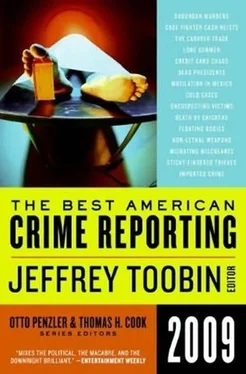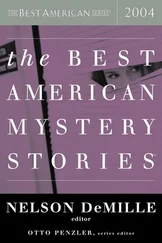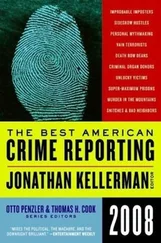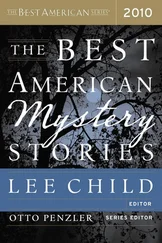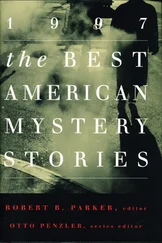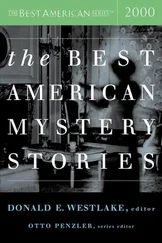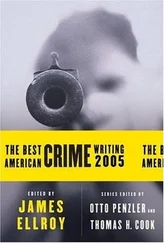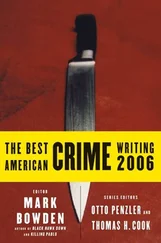To this day, Miletich’s so-called Battlebox represents athletic Darwinism at its most brutal. Under the open-door policy, anyone is welcome to come and spar against a stable of regulars, many of whom have fought in the UFC. Self-styled tough guys show up every Monday. Those with the requisite skill and ruggedness stay. The other 95% are back on the interstate, bloodied and bruised, before sundown. Murray was one of the few who stuck it out. All bone and fast-twitch muscle, Murray was built like a sprinter. He stood 6’3” but could cut weight and fight as light as 170 pounds. One Miletich fighter likened the kid with the Cockney accent to a British greyhound. “Lee Murray had world-class punching power,” recalls Robbie Lawler, a top mixed martial arts fighter who sparred frequently with Murray. “Man, he would hit the mitts-pop-pop-POP-POP-and you would stop your workout and look over because it sounded like gunfire.”
Murray crashed with other Miletich fighters before getting a room at a shopworn motel not far from the gym. He wasn’t averse to going out for a beer from time to time, but he’d come to America’s heartland to train. When he wasn’t in the gym, strip-mining Miletich for wrestling tips, he was lifting weights or going for runs under a big dome of Iowa sky. “Not one sign of trouble,” says Miletich. “One of his first days, I told him, ‘It’s up to you how far you want to go in this sport. At your height and weight and the way you hit, you could be a champion.’ It was just a question of learning what to do once the fight hit the ground.”
That spring, Murray entered a four-man MMA tournament in rural Wisconsin. After winning his first bout, Murray fought a burly Canadian, Joe Doerksen, now a UFC veteran. Murray showed his inexperience and got caught in a submission hold called an arm bar. He “tapped out” (surrendered) and cursed himself the entire drive back to Iowa. Having exhausted his budget, Murray returned to England. But he kept fighting and started to win. While MMA was becoming mainstream in the U.S., the sport was still an underground pursuit in the U.K. Still, among the niche audience Murray was regarded as perhaps England’s best fighter. “He was one of those guys who rose to the occasion when he fought,” says Paul Ivens, an instructor at the London Shootfighters Club, where Murray often trained. “You get guys who are tough on the street but they crumble in a real fight. He was one of the fortunate ones who would bask under pressure.”
In July 2002 Murray attended a UFC card at Royal Albert Hall in London. The UFC was trying to spread the gospel to the other side of the pond, and in addition to the fighters on the card, most of the organization’s brightest stars were on hand, including Miletich, Tito Ortiz and Chuck Liddell. The headline bout featured a Miletich fighter, Matt Hughes, defending his welterweight title. After the card ended, the fighters repaired to a local club for an after party, a long-standing UFC tradition. At closing time the fighters and their entourages filed out. Walking down the street, Miletich felt a body on his back. It turned out to be a buddy of Tito Ortiz’s. The guy was giving Miletich a playful bear hug, but suddenly Miletich felt the man getting ripped off his back. Another fighter had mistakenly believed that Miletich was being attacked. As the misunderstanding was being sorted out, Paul (the Enforcer) Allen, a longtime associate of Murray’s, approached. In what he surely thought was a show of loyalty to both Miletich and Murray, Allen cold-cocked Ortiz’s pal.
This triggered what might rank as the Mother of All Street Fights, a scene that’s become as much a part of UFC lore as any bout inside the Octagon. A who’s who of the UFC and their entourages-drunk and in street clothes-began throwing haymakers indiscriminately. One posse member was knocked into the street and his arm was run over by a cab. Liddell got cracked in the back of the head and went ballistic. “I’m hitting guys with spinning backfists, just dropping guys,” says Liddell. “It was a classic street fight. ‘If I don’t know you, I drop you.’”
In the mayhem Ortiz and Murray backed into an alley and squared off. According to multiple witnesses, Ortiz threw a left hook. He missed, and Murray then fired off a combination that decked Ortiz. The self-proclaimed Bad Boy of the UFC fell to the pavement. (Ortiz declined to comment to SI.) Officially, Murray was still a promising up-and-comer. But as accounts of the melee rocketed through UFC circles, the rangy British kid who poleaxed the mighty Tito Ortiz became a minor legend. “He’s a scary son of a bitch,” says the UFC’s outspoken president, Dana White. “And I don’t mean fighterwise.”
As for sanctioned fights, Murray continued to win those too, mostly with devastating knockouts. In July 2003, he took on the well-regarded Brazilian fighter José (Pelé) Landi-Jons at a London event. After getting pummeled for a round, Murray regrouped and starched Pelé with a right hand. “He’s probably still in the ring, probably still sleeping, catchin’ flies,” Murray gloated in the post-fight interview, mimicking the dazed, open-mouthed look of his opponent. “I know now that…[the] UFC have gotta open their eyes to me, they gotta take me. There’s no ifs or buts.” Sure enough, six months later Murray was summoned by the UFC to fight on a Las Vegas card. Concealing the inconvenient detail that he’d recently been questioned about his involvement in a road-rage incident that left a middle-aged motorist in a coma-he was later charged with causing “grievous bodily harm,” but the jury failed to reach a verdict-Murray flew to the U.S. He won the fight in the first round, trapping his opponent’s head between his legs as he tried for a triangle choke, then finishing him off with an arm bar, hyperextending the man’s elbow joint. He had reached the highest level, and all of his discipline and preparation had paid off: He’d won with a classic jujitsu maneuver, proving he was no one-dimensional fighter.
Murray’s next bout came in the summer of 2004 in Cage Rage, a British UFC knockoff. He was pitted against Anderson Silva, the ferocious Brazilian who is currently the Zeus of MMA. Emboldened by his recent success, Murray snarled at Silva at the weigh-in. “He talked an unbelievable amount of s--,” Silva remembers. “He said, ‘I’m gonna do to you what I did to your friend Pelé.’” According to Silva, at one point Murray spotted a pair of his fighting shorts hanging from a chair. Murray grabbed them, ripped off a Brazilian flag patch and tossed it at Silva. Though both fighters dispensed and withstood considerable punishment, Silva ended up winning by unanimous decision. As the two shook hands, Silva winked and pushed a gift into Murray’s palm. It was the patch of the Brazilian flag. Still, Murray did himself proud, all the more so in retrospect, as Silva would go on to become one of the UFC’s brightest stars.
But in September 2005, while training for an upcoming fight at Wembley Stadium, Murray attended a birthday party for a British model at Funky Buddha, a trendy club in London’s Mayfair district. At around 3:15 a.m., a street brawl broke out. Murray was stabbed repeatedly in the chest, suffering a punctured lung and a severed artery. As he explained in a 2005 interview with the website MMAweekly.com, “One of my friends got involved in the fight. I tried to help him because about six or seven guys was on [him]. That’s when I got stabbed. I got stabbed in the head first. I thought it was a punch. When I felt the blood coming down my face, I just wiped the blood and just continued to fight. Next, I looked down at my chest and blood was literally shooting out of my chest… It was literally flying out of my chest like a yard in front of me… I died three times. They said, ‘Because you’re an athlete and all the training you put your body through, that’s what saved your life.’”
Читать дальше
